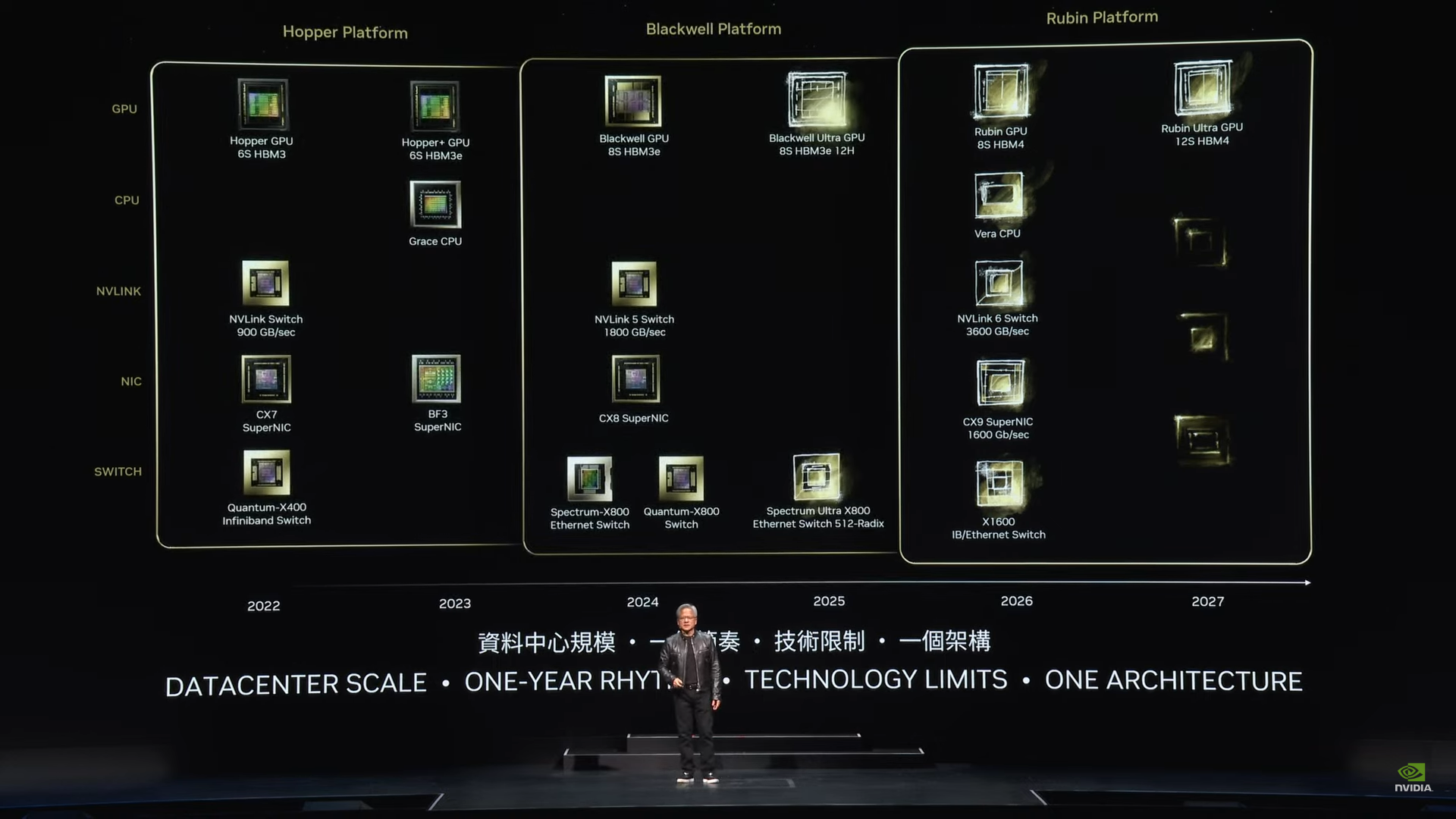It did, 40 series did not sell all that well compared to 30 series, hence why they released the Super refresh.
Steam Hardware Survey (September 2024) seems to suggest otherwise, as 4060 (4.58%) is currently #2 compared to 3060 (5.86%) at #1, 4060 Laptop (4.37%) #3, and 4060 Ti (3.66%) #4, compared to 3060 Ti (3.57%) at #6. 4070 (2.91%) is lower than 3070 (3.31%) but not by much, especially considering 4070 was released much later. 4070 Super is 1.47%.
I think it's probably only 4080 (0.72%) that's significantly worse than 3080 (1.94%) but 4080 seems to be not selling well as even 4090 (0.93%) has higher market share.

